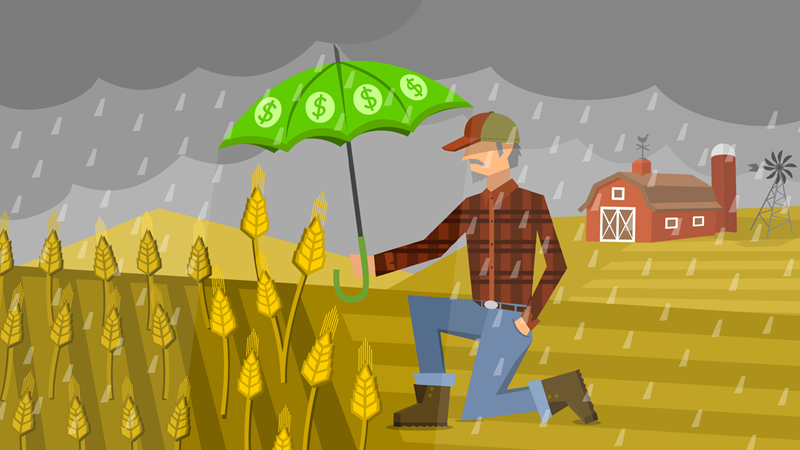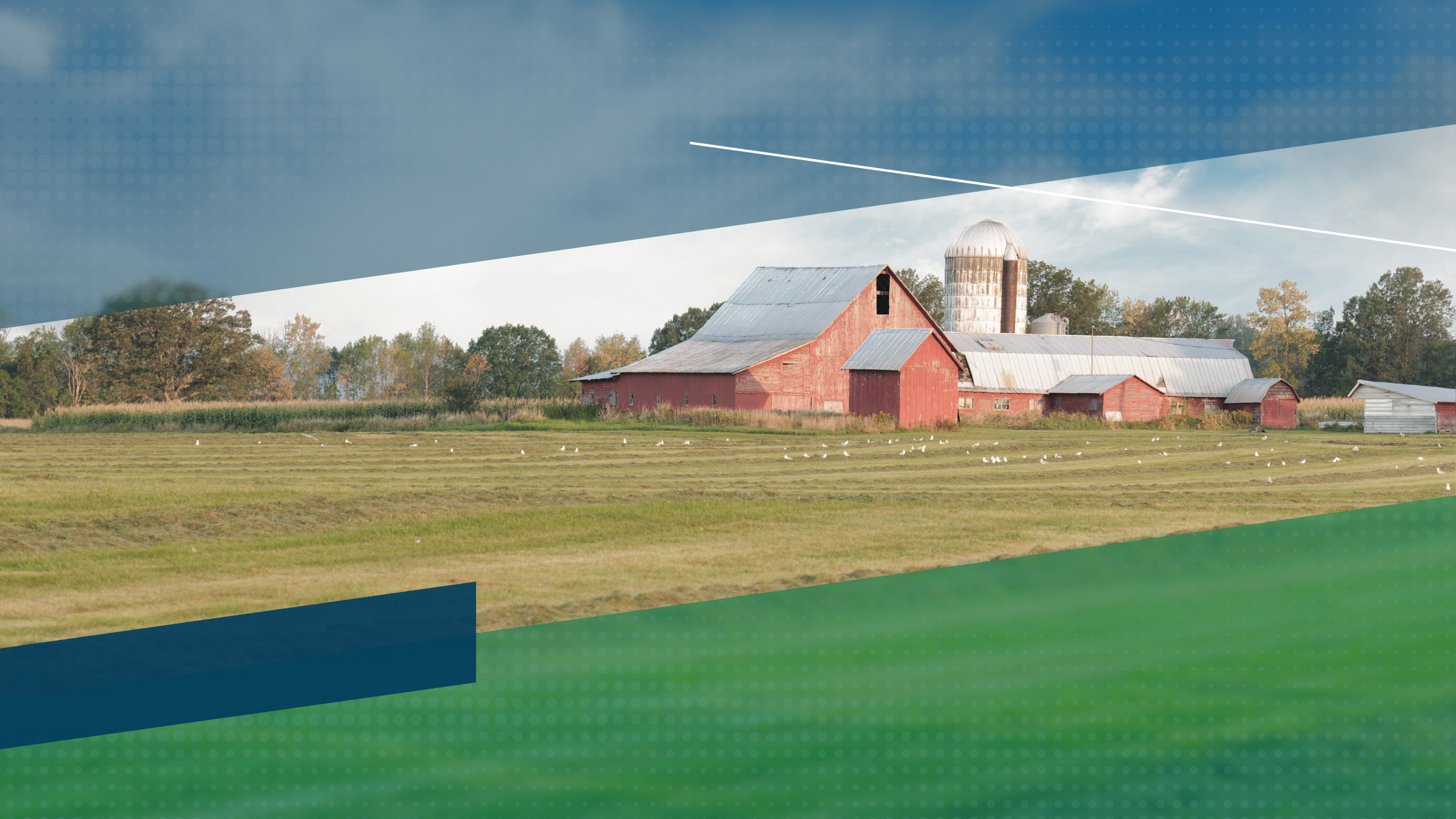
As Ninth District farmers head into harvest time this fall, even those with good-looking crops have to be wary of continual threats to their livelihood. Compounding low commodity prices—and now looming trade conflict—farmers also face financial peril from things like drought, flood, hail, pests, heat and cold. Against these and other threats from Mother Nature, federally subsidized crop insurance has come to play a big role in the balance sheets of many farmers today.
The federal Government Accountability Office recently noted that crop insurance “has become one of the most important programs in the farm safety net.” That’s because the program is, actuarially speaking, a good deal for farmers—and that’s sort of the point, but it also induces some distortions and unintended consequences. (For more background and discussion of the history and economics of crop insurance, see this fedgazette article.)
Crop insurance has been around for decades, and the federal government has long subsidized farmers to purchase it. But the subsidy was modest, and so were the number of farmers buying crop insurance. That changed with the 1999 farm bill, which introduced significantly higher federal subsidies to buy down policy premiums for farmers in hopes of stronger participation and the eventual elimination of federal emergency disaster payments to farmers. Ninth District farmers saw their cost share of policy premiums drop from 67 percent to 42 percent by 2001, slowly trickling to its current level of 33 percent (Chart 1).
The 1999 farm bill also increased the subsidy cap on so-called coverage levels, or the percentage of either yield or revenue that a farmer could insure in the event of disaster. The choice of coverage (and related subsidy level) is a nuanced matter, but suffice to say the coverage cap eligible for federal subsidies rose from 65 percent to 85 percent.
Both of these elements (lower cost share, higher coverage levels) had the effect of increasing participation and driving program costs significantly higher. In 1998, for example, only about half of the district’s planted acreage was insured. By 2004, it had risen to 93 percent and has remained roughly constant ever since, covering more than 70 million acres districtwide. In turn, total costs have risen significantly for both farmers and the federal government (Chart 1).
But farmers are more than recouping their insurance premiums, at least in a cumulative sense. Since 2000, there have been only two years—both of them recent—in which district farmers have not received more in crop insurance indemnities than they’ve paid in premiums (Chart 2). In fact, over this period, district farmers have paid $13 billion in premiums and claimed indemnities of $25 billion.
The central part of the U.S. is responsible for the bulk of indemnities (see map). But the Ninth District—especially the Dakotas and eastern Montana—see particularly high indemnities per county. Since 2000, loss ratios (indemnities divided by premiums) have been higher for district farmers than their national peers in all but two years (Chart 3).
That doesn’t mean, however, that farmers are getting rich off crop policies; most crop policies pay 50 percent to 85 percent of the revenue a farmer might otherwise expect to earn from an average crop.
But the current design of crop insurance does induce some unintended practices and outcomes. For starters, though crop insurance has successfully eliminated ad hoc disaster relief packages from Congress and brought a measure of financial security and stability to farmers and the nation’s food system, it has come at higher overall costs to taxpayers.
Highly subsidized crop insurance has also encouraged more production (and thus, protection) of crops grown on marginal farmland, which by definition is more prone to disaster. For example, research using federal cause-of-loss data found that from 2000 to 2013, farmers in 65 counties nationwide received insurance payments every year for excessive moisture that prevented some acreage from ever being planted. Another 29 counties received these payments in 13 of 14 years. Total payments to these counties exceeded $4 billion. All of those counties are in the Ninth District, mostly in North and South Dakota, with a smattering of western Minnesota counties along the Dakota border—and all of it in the so-called prairie pothole region that, historically, is wet in the spring.
These and other design idiosyncrasies have gotten the attention of critics, who have argued for an overhaul of the crop insurance program in the farm bill currently being negotiated in Congress. Big changes do not appear likely, however. As of early August, no major amendments to federal crop insurance policy were made in the most recent (separate) proposals passed by the House and Senate.
That’s not necessarily a big deal this year for farmers or taxpayers. While drought has been a concern in portions of the Dakotas, crop conditions overall across the district are widely considered good to very good. But until crops are out of the fields, things might change, and if they do, farmers will be happy to have one of the few insurance products where buyers have a good chance of getting all of their money back over time, and then some.
Intern Marko Jurkovich provided data assistance for this article.
Ron Wirtz is a Minneapolis Fed regional outreach director. Ron tracks current business conditions, with a focus on employment and wages, construction, real estate, consumer spending, and tourism. In this role, he networks with businesses in the Bank’s six-state region and gives frequent speeches on economic conditions. Follow him on Twitter @RonWirtz.





